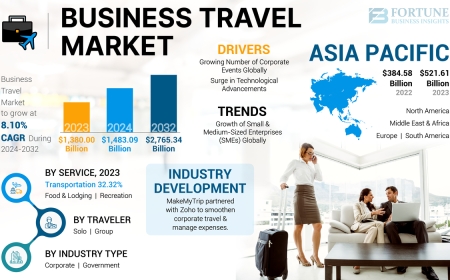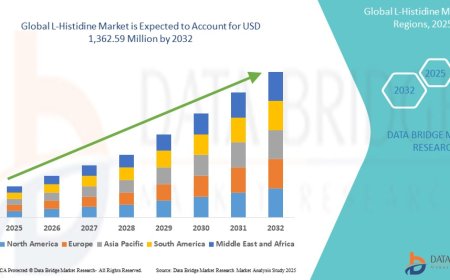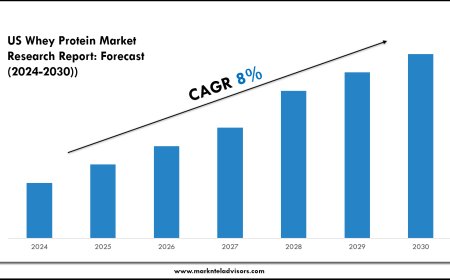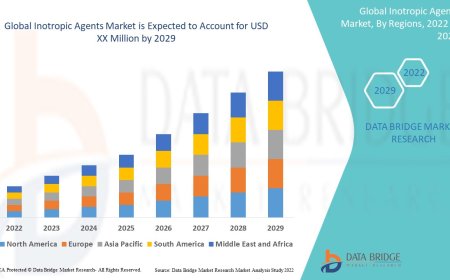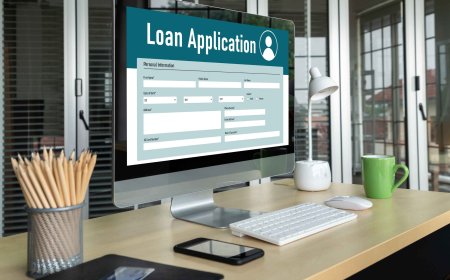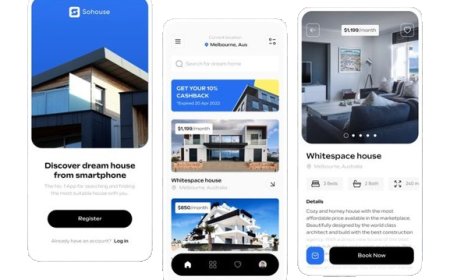User-Centered Website Development: A Strategic Approach
User-centered website development is not just a methodology — it’s a mindset. It transforms websites from static digital brochures into dynamic

In the rapidly evolving digital landscape, users are no longer just visitors to a website they are the focal point around which successful websites are built. User-centered website development goes beyond aesthetics and functionality; it is a strategic approach that ensures every element of the site is designed with the user's needs, preferences, and goals in mind. This article explores the principles, benefits, and implementation strategies of user-centered design (UCD) in website development, helping businesses and developers create experiences that engage, retain, and convert users effectively.
What is User-Centered Website Development?
User-centered website development is a process that prioritizes the needs, wants, and limitations of end-users at every stage of the design and development process. It emphasizes deep user research, usability testing, and iterative design improvements based on real-world feedback.
Unlike traditional development models that often focus on client requests or technical constraints, a user-centered approach asks one fundamental question: "What does the user want to achieve, and how can we help them do that efficiently and enjoyably?"
Core Principles of User-Centered Design
User Involvement from Start to Finish
Users should be engaged early in the process through interviews, surveys, or usability studies. Their feedback should be continually gathered and applied throughout the development lifecycle.
Understanding User Needs and Behaviors
Use personas, user journey maps, and empathy maps to identify target users and their pain points, goals, and motivations.
Design for Usability and Accessibility
A user-centered website is intuitive, easy to navigate, and accessible to everyone, including people with disabilities.
Iterative Design Process
Websites should be developed using feedback loops design, test, refine to ensure continuous improvement.
Contextual Relevance
The website must fit the context in which it will be used devices, location, time of day, user intent to provide a seamless experience.
Strategic Benefits of a User-Centered Approach
Enhanced User Satisfaction
By addressing actual user needs, you deliver experiences that feel intuitive and valuable, leading to higher satisfaction and loyalty.
Higher Conversion Rates
Streamlined navigation, faster load times, and clear calls to action drive better engagement and more conversions.
Reduced Development Costs Over Time
Early user testing can identify design flaws before full-scale implementation, reducing costly rework and iterations post-launch.
Improved Brand Perception
A website that just works and feels personalized builds trust and credibility with users, strengthening your brand image.
Better SEO Performance
User-focused sites typically have lower bounce rates, higher time-on-site metrics, and mobile responsiveness, all of which positively influence search rankings.
Key Components of User-Centered Website Development
User Research
This includes:
-
Stakeholder interviews
-
User interviews and surveys
-
Analytics review
-
Competitor analysis
Personas and Journey Mapping
Build detailed user personas and visualize how different users interact with the site at various touchpoints.
Wireframes and Prototypes
Design low- and high-fidelity wireframes to test layout, functionality, and flow before actual development begins.
Usability Testing
Conduct tests with real users at multiple stages from wireframes to final prototypes and collect feedback on usability, navigation, and design clarity.
Content Strategy
Create content that speaks the users language, answers their questions, and guides them through their journey.
Responsive and Accessible Design
Ensure the site works seamlessly across all devices and meets accessibility standards (like WCAG 2.1).
Performance Optimization
Improve page loading speeds, server response times, and code efficiency to enhance the user experience.
Implementing a User-Centered Strategy: Step-by-Step
-
Define Goals
Align business objectives with user goals to ensure strategic alignment. -
Conduct Research
Gather qualitative and quantitative insights about user needs and behaviors. -
Design
Use insights to create wireframes, mockups, and user flows that prioritize ease of use and engagement. -
Prototype and Test
Develop clickable prototypes and conduct usability testing with target users. -
Iterate Based on Feedback
Refine the design and content iteratively, focusing on eliminating friction points and enhancing satisfaction. -
Develop and Launch
Use agile methodologies to develop the website in sprints, incorporating feedback after each phase. -
Monitor and Evolve
After launch, track analytics, user behavior, and feedback to continue improving the site.
Tools Supporting User-Centered Development
-
Figma, Adobe XD for wireframing and prototyping
-
Hotjar, Crazy Egg for heatmaps and session recordings
-
Google Analytics, GA4 for behavior and traffic analysis
-
UsabilityHub, Maze for remote usability testing
-
WAVE, Axe for accessibility testing
Real-World Examples
-
Amazon continually tests and tweaks its UI/UX based on user feedback, leading to optimized product recommendations and a streamlined checkout process.
-
Airbnb uses extensive user research and iterative design to ensure both hosts and guests have a smooth, intuitive experience.
-
Spotify builds user playlists and music discovery features based on deep insights into listening behavior.
Challenges and Considerations
-
Time and Resource Investment: User-centered design takes time. Balancing deadlines with testing and iteration can be difficult.
-
Stakeholder Alignment: Sometimes client preferences may clash with user data, requiring skilled negotiation and evidence-based decisions.
-
Bias in Research: Ensuring your research methods do not unintentionally lead users or exclude critical demographics is essential.
Conclusion
User-centered website development is not just a methodology its a mindset. It transforms websites from static digital brochures into dynamic experiences that truly serve the people they're built for. In a digital world driven by choice, attention spans, and competition, putting users at the center is not optional its strategic.
By investing in understanding your users and crafting tailored experiences for them, you not only increase your chances of success but also foster loyalty, trust, and long-term engagement. Whether you're building a small business site or a complex enterprise platform, a user-centered approach will always lead you in the right direction.






